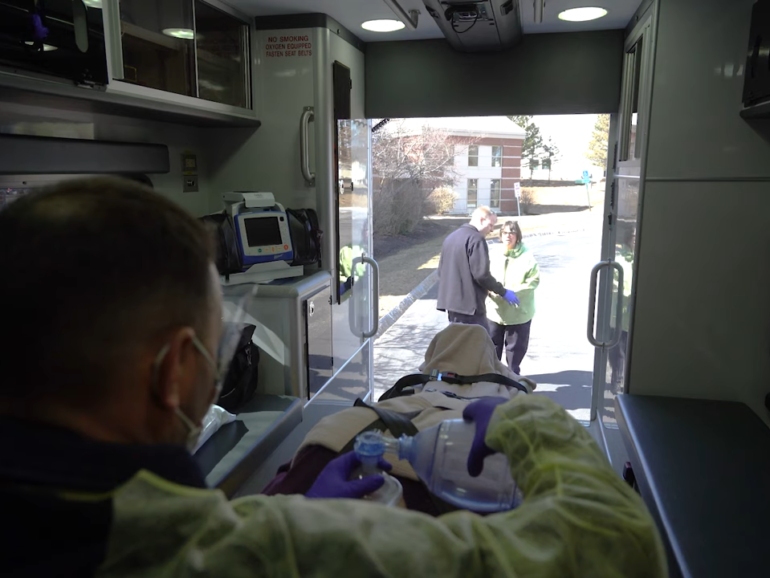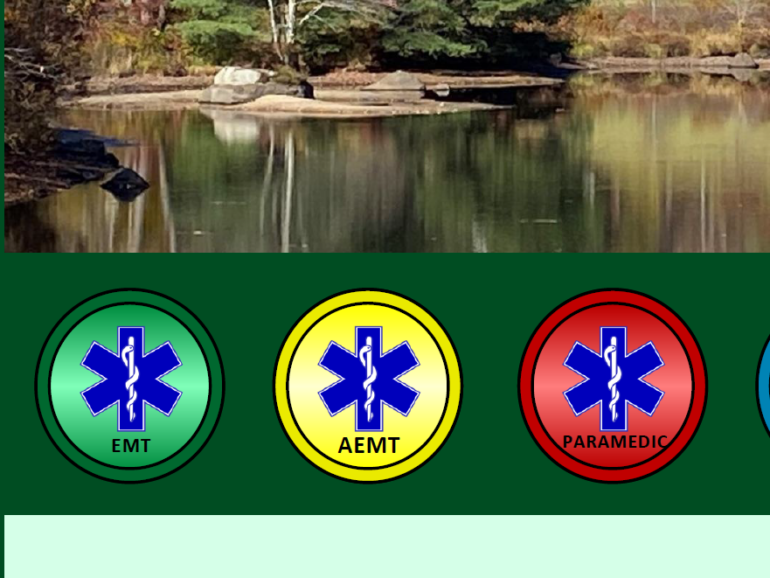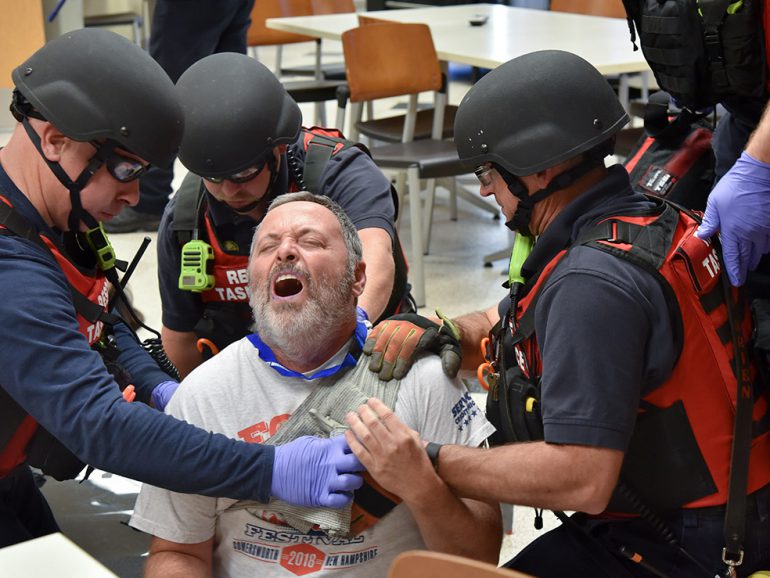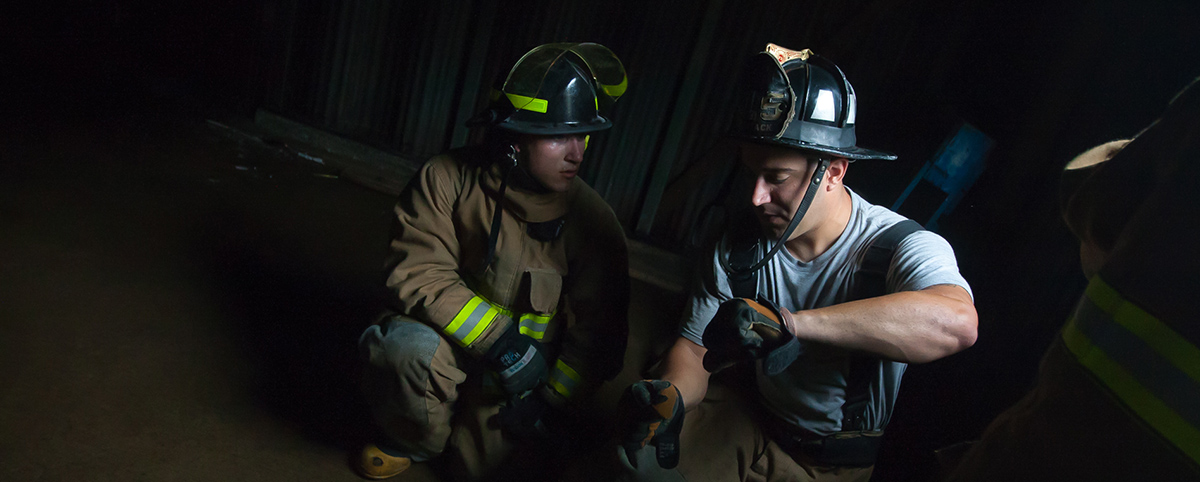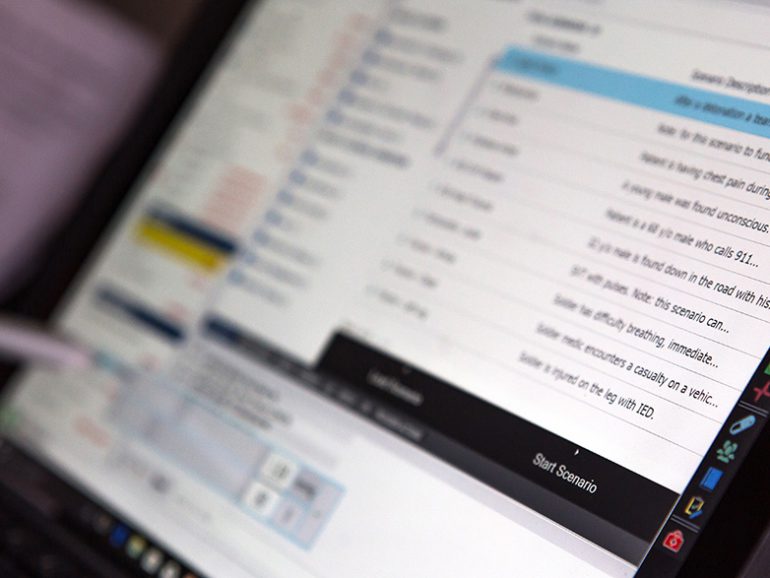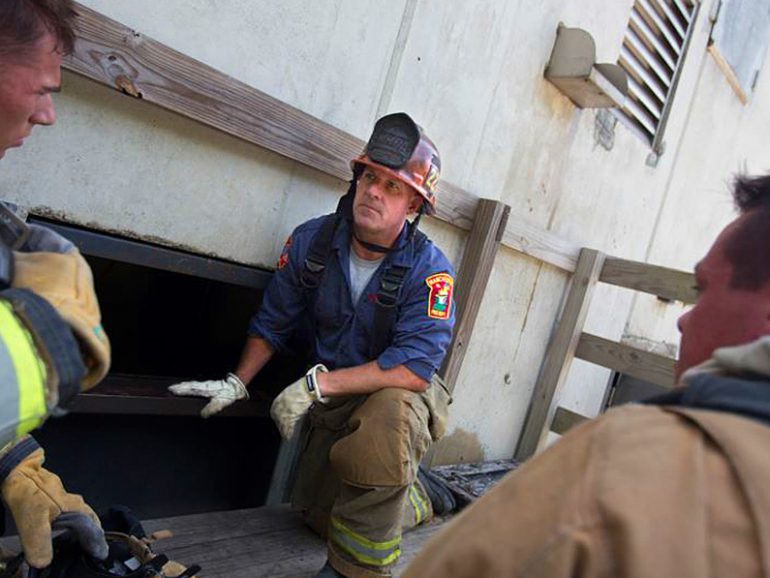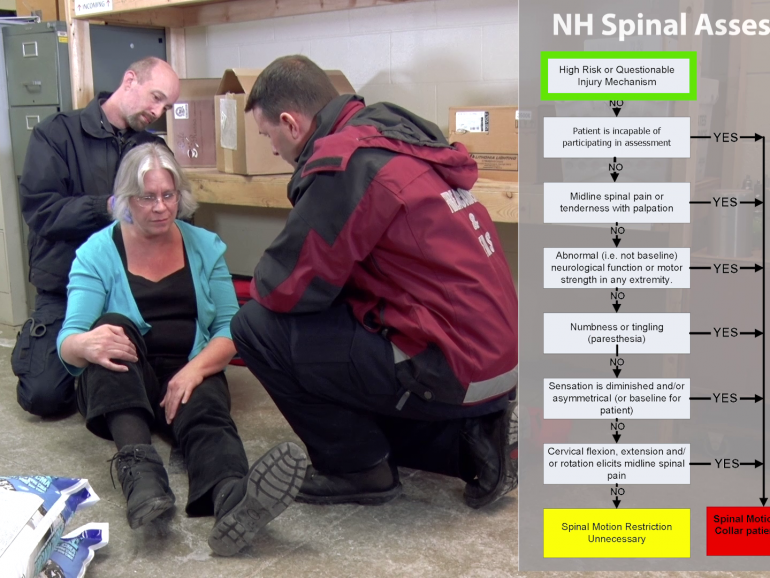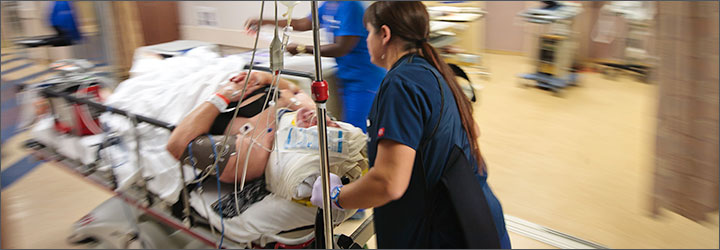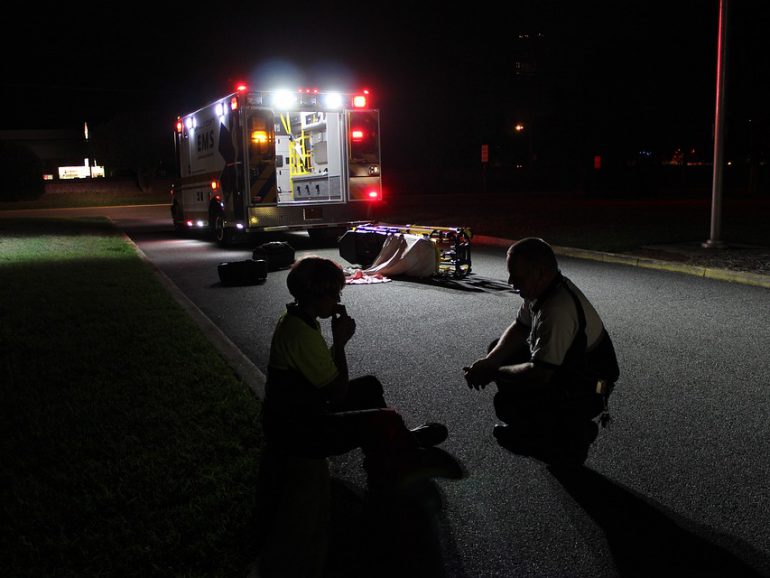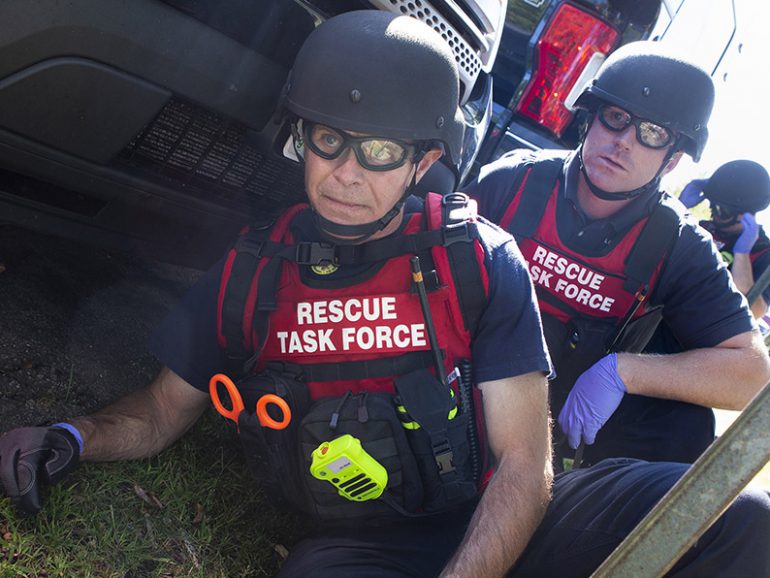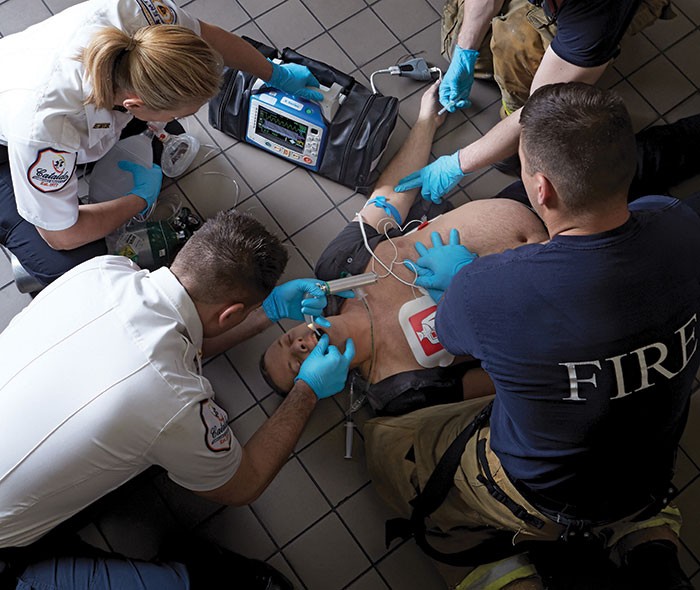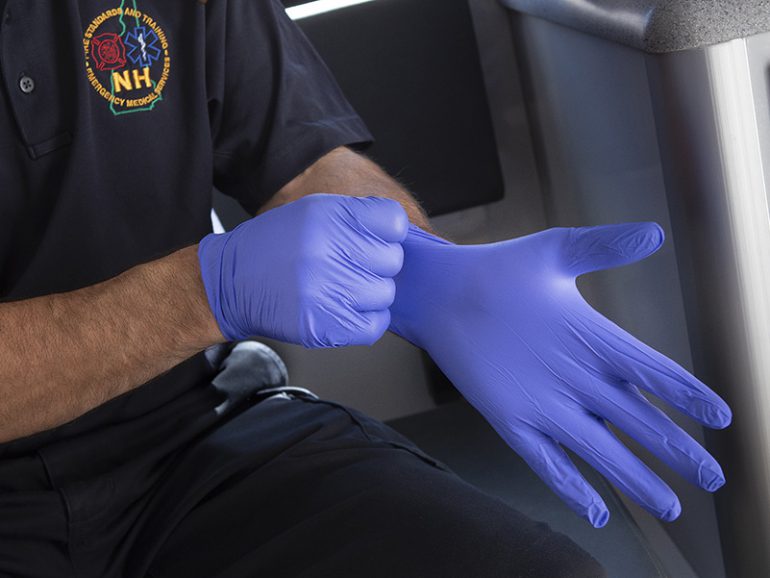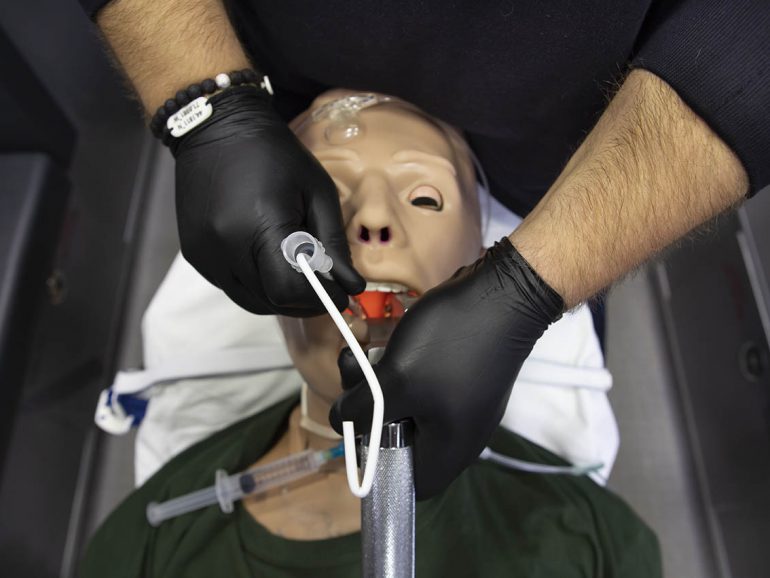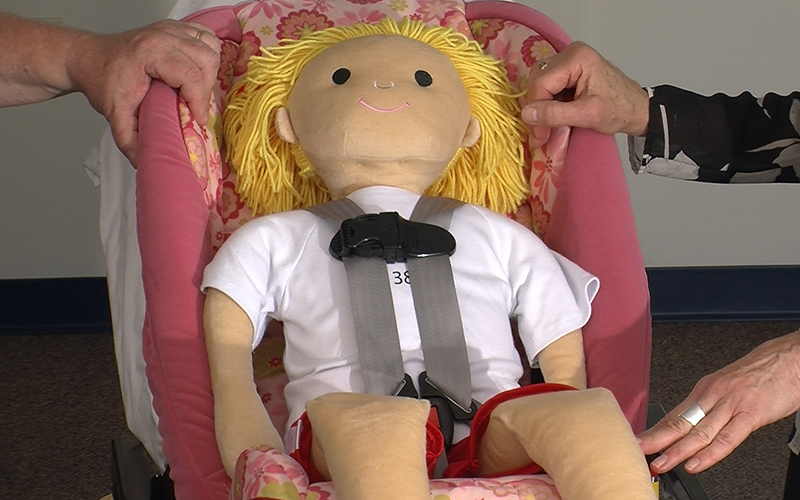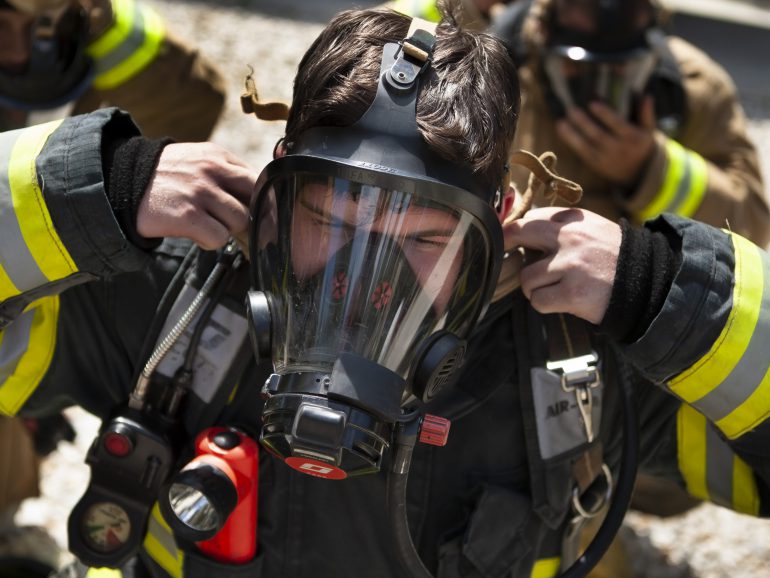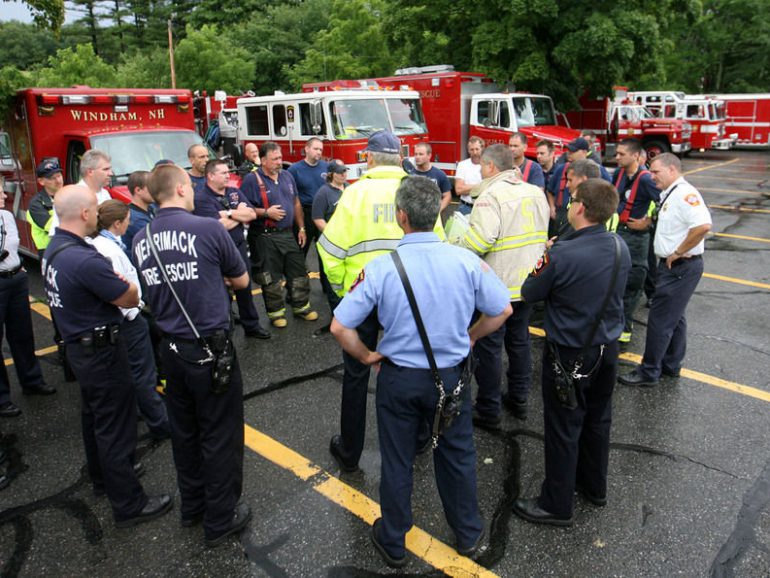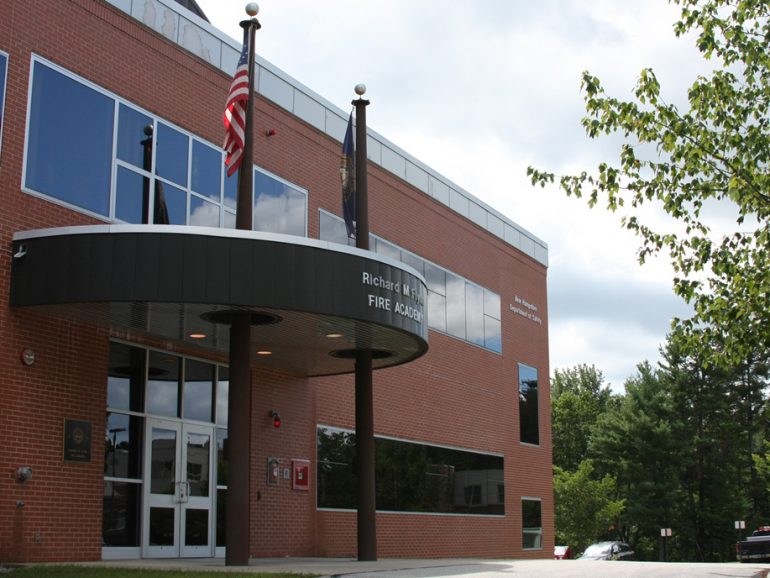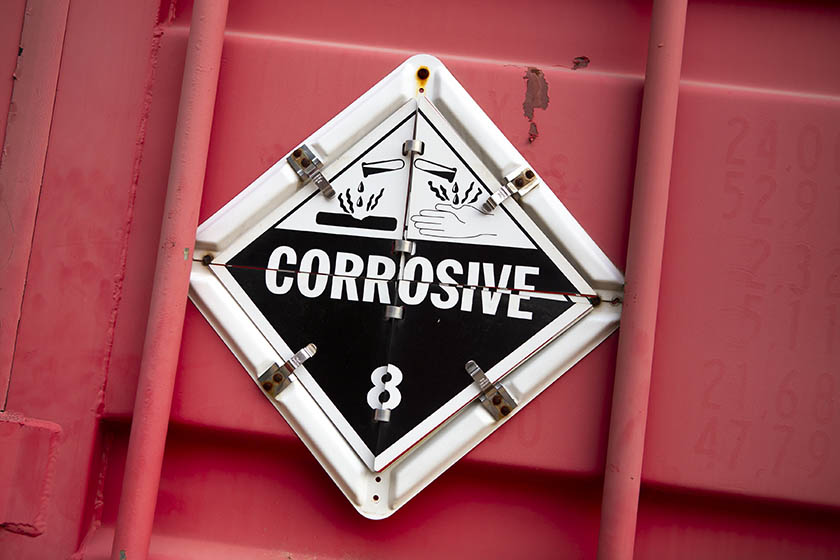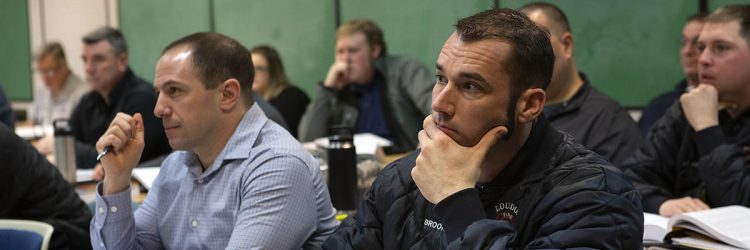EMS Documentation
Careful and precise documentation of an EMS call, the observations, assessment, treatment, transportation provided, is a crucial part of the patient care process. It’s an important record for several reasons. This program will cover how to write a comprehensive report, how to handle patient refusals, …
EMS Professional Development Series
Monthly EMS training that supports providers fulfilling national, local, and individual hours throughout the recertification cycle. …
EMS in the Warm Zone (Operations)
The Operations level course is a three (3) hour online program that will build upon the concepts introduced in the EMS in the Warm Zone Awareness program. It will enhance the learner’s knowledge of how to deliver appropriate medicine at the proper time, comprehend Rescue …
Flipped Classrooms
Welcome to the Fourth Quarter Instructor Enhancement Seminar and Professional Development Series. In the true spirit of Understanding the flipped classroom, the Division of Fire Standards and Training & EMS is offering you this opportunity to enjoy a flipped classroom educational experience. Please watch the …
Tablets and Simulation in the Classroom
Kyle Snowdon will introduce students to the world of tablets and how they can be integrated into both fire and EMS classrooms. He will discuss the pros and cons of using these devices as well as compare and contrast the two major operating systems that …
Millennials in the Classroom
Captain Laurie Miller will guide students though the differences and challenges that various student age groups present in the classroom setting for both fire and EMS instructors. She will review student versus instructor expectations and offer suggestions on how to deal with these issues and …
Educational Revolution
Watch the following lessons in order to unlock the certificate of completion at the end. This is part of the continuing effort by the Division to provide support and resources to our instructors. It is our hope that you will take ideas away from this …
The Instructor as a Professional
This program will cover what it takes to be considered a professional within the fire and emergency services instructor field. This program take approximately 1 hour to complete. Once you have finished the lesson, you may print the certificate. This course will give you credit …
The Basics of Classroom Instruction
This course will teach students the basics about classroom management and suggest different ideas for providing instruction to students within the classroom setting. This program is geared toward fire and EMS instructors who are in need of continuing education for their re-certification. …
EMS in the Warm Zone (Awareness)
The Awareness level course is a three (3) hour online program that will provide foundational knowledge on EMS and fire personnel taking an active role in warm zone operations. Primary focus will be on the introduction of using the Rescue Task Force (RTF) concept and …
High Performance CPR
The concept of a highly-trained and choreographed crew is a powerful, relatable analogy for the work of an EMS team. “Pit crew CPR training” focuses on highly defined roles that aid in the organization of a chaotic scene. In comparison, HP-CPR is much more than …
Rapid Sequence Intubation
Rapid sequence intubation (RSI) is an airway management technique that induces immediate unresponsiveness (induction agent) and muscular relaxation (neuromuscular blocking agent) and is the fastest and most effective means of controlling the airway in an emergency when the cessation of spontaneous ventilation involves considerable risk if …
PPE and SCBA
Self-contained breathing apparatus (SCBA) and fire fighter personal protective equipment (PPE) are central to ensuring the safety of fire fighters operating at a fire ground. In this chapter, the fire fighter will become familiar with the proper use of both SCBA and PPE. After students …
Fire Mobilization
The purpose of the State-wide Fire Mobilization Plan (hereafter known as the Plan) is to provide local first responders with easy access to large quantities of resources or specialties that may be needed in a major fire, disaster or other major emergency or event in the …
Seminars
The New Hampshire Division of Fire Standards and Training & EMS hosts and organizes many seminar opportunities throughout the calendar year. The topics, schedule and length of the programs can vary. Often the seminar is run in conjunction with another organization. This adds a new …
Hazardous Materials Awareness
This independent study course is intended to provide a general introduction to hazardous materials that can serve as a foundation for more specific studies in the future. The course has four lessons which are contained within. No prior knowledge of the subject is required or …



